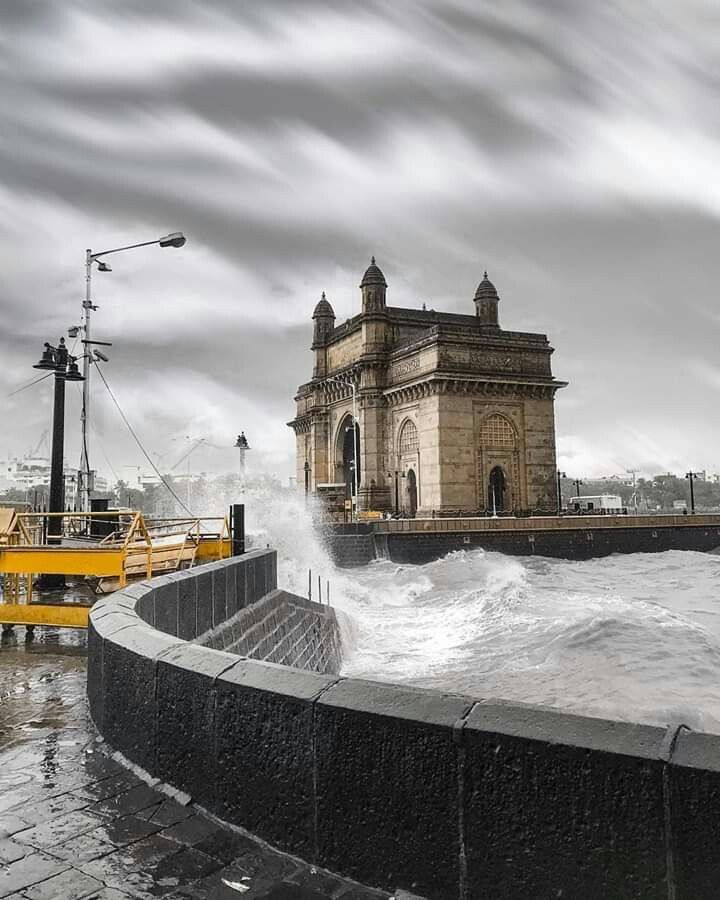Mumbai has just recovered from yet another flood. For Mumbaikars, this is nothing unusual. Flooding has become a part of their life, experienced almost every year, whether small or big. Perhaps this time it was the most severe one after the unforgettable July 26, 2005 flood that left the city scarred in memory. Though the death toll this year may have been less compared to earlier disasters, it does not mean the flood itself was small. The city came to a standstill for almost two days.
One difference this time was that Mumbai’s lifeline, the railway, managed to function better. Disaster management has also improved compared to the past, which may have reduced the scale of suffering. Still, the floods reminded everyone how fragile the city’s systems are.

Over the years, Mumbai has witnessed many severe floods. On August 29, 2017, the city received over 200 mm rainfall within 12 hours, leading to a major shutdown, power failures, and widespread damage to infrastructure. Last year again, 267 mm of rain fell in a single day. The most shocking record, however, remains July 26, 2005, when the IMD Santacruz station recorded 944 mm of rainfall in just one day. To put this in perspective, the global annual average rainfall is below 1000 mm, while Mumbai received nearly that much in just four days, from August 16 to 20 that year. Counting the entire season, the city sometimes crosses 2000 mm.
Traditionally, Mumbai’s monsoon sets in around June 10–15. But this time, the rains arrived early, with a heavy downpour by the end of May itself, nearly 200 mm in a single spell. Such untimely rainfall is rare for Mumbai and a worrying sign of changing weather patterns.

Every year, Mumbai rains test the city. Heavy downpours disrupt life, expose the fragile drainage, and cause chaos. Part of the problem lies in the city’s very foundation. Mumbai is not a systematically planned city; it grew and expanded without design. Old drainage systems, narrow roads, and unregulated construction make it highly vulnerable to flooding. The government claims to improve infrastructure each year, by building better roads, repairing manholes, and preparing for monsoon, yet the results remain disappointing. The floods keep coming back. In fact, according to a report in The Indian Express, the Brihanmumbai Municipal Corporation admitted in 2023 that over 200 chronic waterlogging spots remain in the city despite years of projects and crores being spent on flood-mitigation measures.

Mumbai, as a city is overloaded with things and people, and even when I write this something is adding up somewhere here. We are the only reason for all of these changes including the horrific downpour happening. Industrialization is peaking, no care about the pollution. Public is busy in routine, no awareness, nothing. Waste management has no track, no proper system. Why this pattern happens no one thinks, just suffer when it happens. The problem lies in the root and that in many cases nobody understands.
But Mumbai is not alone. The truth is that floods are becoming regular not only here but across the world. The seas are rising, and I often say, the sea is gradually eating us. Mumbai, being a coastal and overloaded city, may well be among the first to go under if a major climate disaster strikes.

Ultimately, the blame falls on us, human beings. Industrialization continues to grow without pause, pollution is ignored, and waste management is broken with no systematic checks. Citizens are too busy in their routines to care, governments patch up problems without addressing the roots, and nobody really questions why such extreme patterns keep repeating. We only suffer when the flood hits.
The truth is simple yet hard to accept, we are the reason for this destruction. Our actions, our negligence, and our endless exploitation of nature have turned rains into disasters. Until we recognize and change, Mumbai will continue to drown year after year, and one day, the sea might claim it completely.
